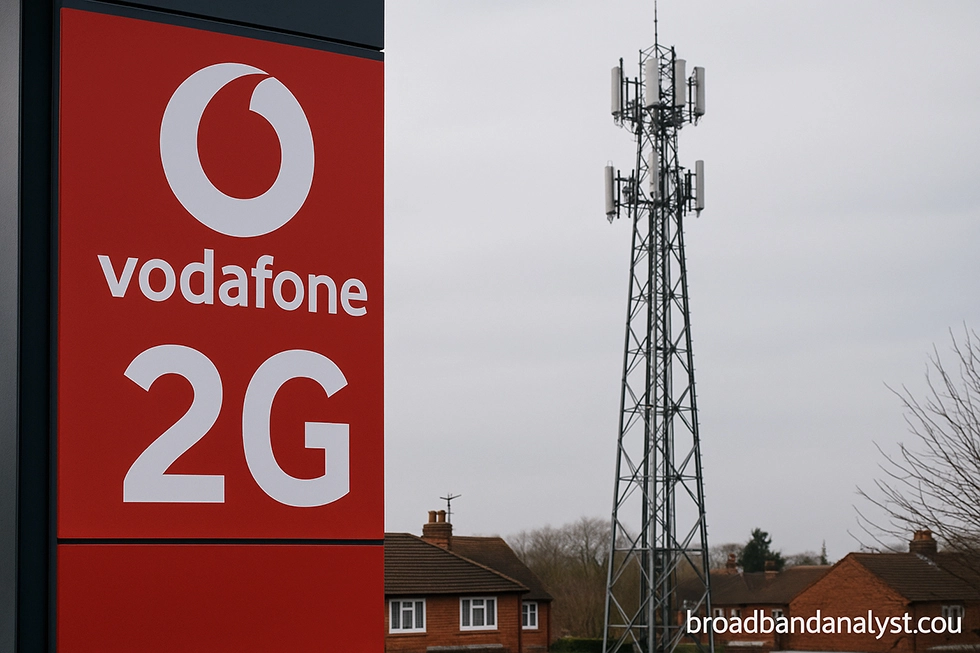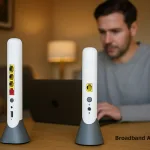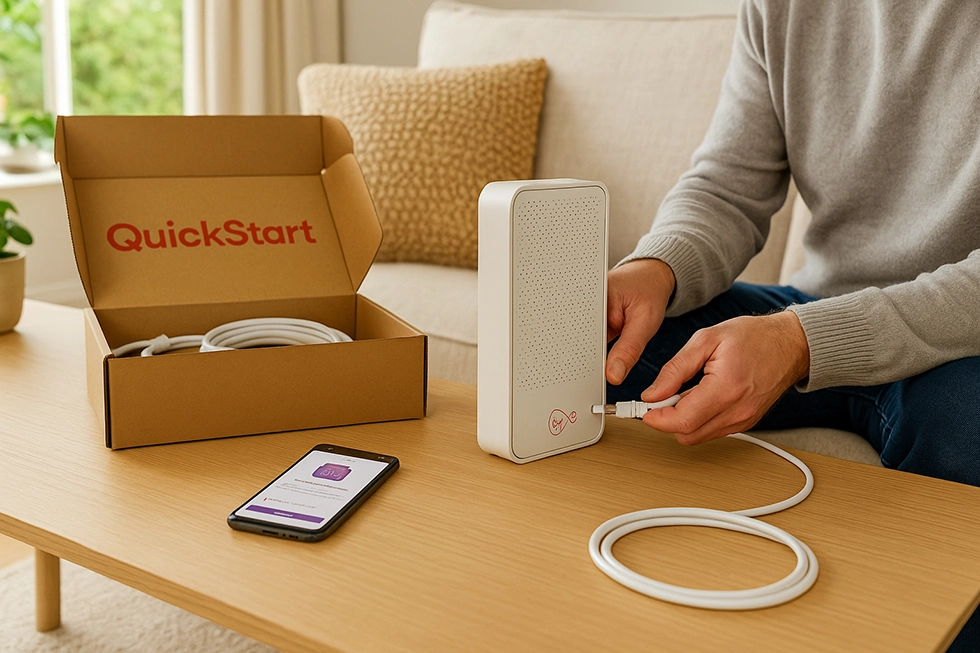Vodafone, now operating in the UK under VodafoneThree, has confirmed that it will withdraw its long-running 2G mobile service in 2030. This decision comes three years ahead of the UK government’s national deadline of 2033 for the retirement of both 2G and 3G.

Vodafone had already shut down its 3G network in early 2024, leaving 4G and 5G as its core services. At a wider European level, Vodafone intends to phase out all of its 2G operations by 2030, with Germany planning to complete the process even earlier, by 2028.
Why the 2G era is ending
The 2G system has been running in the UK since the early 1990s, mainly supporting calls and text messages. While it later gained some capability for basic data transfers, its bandwidth is tiny compared with modern networks. For each unit of spectrum, 2G carries a fraction of the data that 4G or 5G can deliver. This makes it increasingly inefficient to operate, both technically and financially.
Switching off 2G will free up valuable spectrum in the 900MHz and 1800MHz bands, which can then be reused for 4G and 5G services. These bands are particularly useful for providing better indoor signal strength and extending coverage into rural areas. The retirement also reduces operating costs and lowers energy use. Studies suggest that sending one gigabyte of data over 5G can use up to one hundred times less energy than transmitting the same data over 2G.
Where the UK’s other networks stand
Every UK operator has agreed to remove 2G and 3G services by 2033 at the latest. Vodafone’s timetable now places it ahead of that deadline.
- EE, owned by BT, closed its 3G network in early 2024 and is expected to close 2G services later this decade.
- Three UK never operated a 2G network. Its 3G switch-off will complete in 2025, meaning customers need 4G or 5G-ready devices to stay connected.
- Virgin Media O2 is retiring its 3G network through 2025. From October 2025, it will also block inbound roaming on 2G, signalling a step towards full withdrawal.
Policy and government direction
The UK government and Ofcom have worked with mobile operators to set a firm national end date of 2033 for 2G and 3G. The aim is to ensure a coordinated transition that gives businesses and consumers time to update equipment. Parliament briefings have explained the roadmap, with 3G largely disappearing by 2025 and 2G kept alive only until migration programmes are complete.
Impact on smart meters and IoT
The main challenge with shutting down 2G lies in connected devices rather than consumer mobiles. Some smart meters, alarms, payment machines, and monitoring systems are still running on 2G or 3G. For example, the UK’s smart meter network in central and southern regions relies on Virgin Media O2’s 2G and 3G connectivity. Government consultations are ongoing about how long these services can continue, but programme managers are being urged to prepare for migration well before operator switch-off dates.
Vodafone already provides alternative low-power technologies such as LTE-M and NB-IoT, which are designed to support smart devices and sensors. These solutions are gradually replacing legacy GSM-based connections.
Consumer impact
For the average mobile user, the 2G closure may not be noticed. Most modern smartphones support 4G and 5G for both calls and data. Voice services are delivered through VoLTE (voice over 4G) or 5G calling. The only people who may be affected are those still using very old handsets without 4G capability. Once 2G is gone, these devices will no longer be able to make calls or send texts.
On Three’s network, the impact is already visible. As it lacks a 2G fallback, users with 3G-only devices must upgrade before the 3G network shuts down in 2025.
Wider European and global context
Vodafone’s announcement is part of a wider international trend. Industry group GSMA reports that more than 130 networks worldwide are due to shut down by 2030, with about half being 2G networks. Other European operators, such as Orange, are also moving towards end-of-decade closures. Germany’s earlier timeline for 2028 offers a preview of how the process might unfold in other markets.
Benefits for coverage and sustainability
Removing 2G equipment from mobile sites not only lowers running costs but also frees up physical space for newer equipment. Spectrum can be reused to improve network capacity, while energy savings support the industry’s target of reducing mobile networks’ environmental footprint by around 90 percent per gigabyte of data.
What businesses should do next
Organisations still dependent on GSM or 3G devices need to plan ahead. That means identifying any older SIMs or equipment, choosing whether to move to LTE-M or NB-IoT, and scheduling upgrades or replacements well before the switch-off date. Businesses should also test compatibility, update firmware, and make sure new devices are VoLTE-ready for voice.
What to expect from VodafoneThree
VodafoneThree is likely to begin customer communications and migration planning years before the final 2030 closure. The freed-up spectrum will be repurposed to expand 4G and 5G, while investment in network densification will continue under the merged Vodafone and Three UK structure.
Closing thoughts
By the time Vodafone switches off 2G, the technology will have been in service for nearly forty years. While it played a crucial role in connecting the UK in the 1990s and early 2000s, it is no longer fit for modern data needs. The transition to all-4G and 5G networks will bring faster speeds, wider coverage, and greener operations, but it also requires careful planning for the small but important set of services still relying on 2G.










